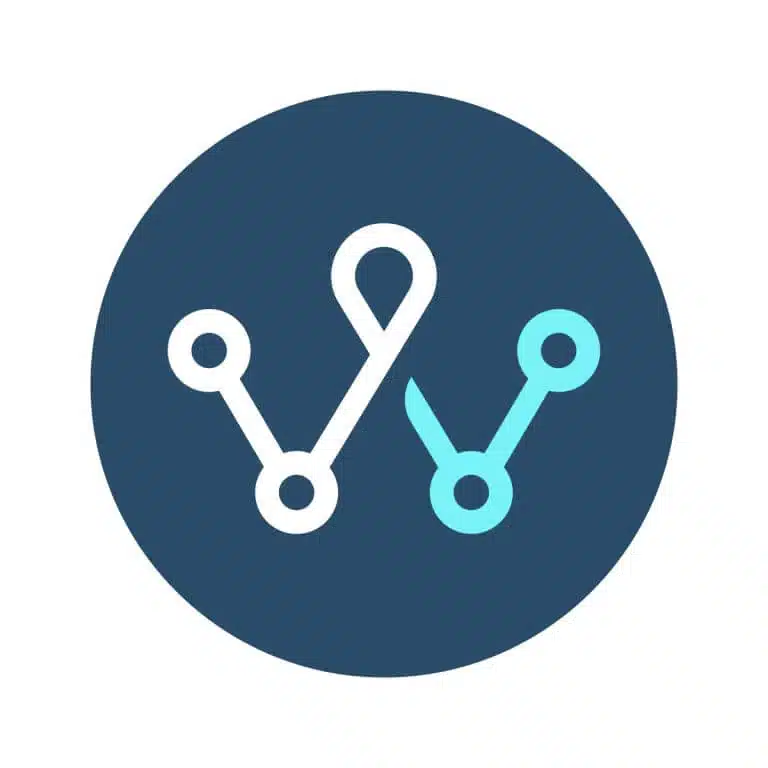Authored by: The WayPath CRM Team
Ask any smart leader what their organization needs to grow – particularly in the current precarious economic climate – and they will surely rattle off a list of “must-haves” such as a great product, excellent service quality, a skilled workforce, and of course best-in-class customer experiences. The really smart leaders will also add Customer Relationship Management (CRM) to this list.
What is a CRM? In simplest terms, a CRM system is a tool that facilitates data-driven yet human-focused communications and relationship-building between an organization and its customers.
And what is a CRM used for? A CRM solution empowers businesses to gather, update, analyze, and use data about prospects, leads, and customers to understand them better and deliver consistent brand experiences at every point of their sales journey.
Back in the seventies, CRM was purely a sales tool and has remained so until recently. But now, organizations are realizing that it has several other applications as well – applications that go further than sales to encompass the entire enterprise.
Here are six ways to use CRM effectively beyond sales.
MARKETING: Measures the Effectiveness of Campaigns
A CRM platform like Microsoft Dynamics 365 Sales and Marketing to collaborate closely, and align their outcomes and goals as they serve customers. Instead of working in separate “silos” with their own data collection and management systems, they can now sync and share data, and coordinate in new and innovative ways as they collectively drive leads down the sales funnel.
They can also analyze and unpack their customers’ needs, and design marketing initiatives to meet these requirements. For example, they can see the prospects that signed up for a product trial, and through which channel. They can understand what these people are looking for, where they are, and which stage of the buying journey they’re currently on. Using this information, they can design a more tailored marketing approach, say through hyper-personalized email marketing campaigns. Once the campaign is sent out, the CRM can then be used to track key performance indicators (KPIs), such as the amount of email opens, how many click-throughs, number of conversions, etc., to gauge the effectiveness of these campaigns at meeting specific goals.
By providing critical information about prospects, leads, and customers, as well as their needs, challenges, and pain points, CRM platforms help put organizations in a stronger position to serve these audiences, and ultimately increase customer satisfaction and business profitability.
CONTACT CENTERS: Enhances Customer Support
Modern CRM systems can be integrated with contact center platforms to enable effortless, highly-beneficial customer interactions. Tight integration between these systems provides agents with valuable insights about their customers’ journeys, preferences, behaviors, and prior interaction history. They can also interpret the key factors that drive customer decisions, whether it involves a purchase, cart abandonment, calling the contact center, or anything else. Since all of this data is always available and current, agents have immediate access to the information they need to provide quick, “always-on” and personalized service to customers every time they call in. Such holistic, contextual data empowers agents and call centers to quickly address customers’ concerns without making them wait, or passing them to different departments. As a result, interactions are smoother and customers enjoy better experiences, which then fosters loyalty, reduces churn, helps create brand advocates, and increases recurring revenue for the organization.
ENGINEERING AND PRODUCT DESIGN: Clarifies Deliverables and Reduces Time-to-Market
Many organizations with lengthy sales cycles struggle to transfer the knowledge gleaned by Sales or Account Managers to the Engineering team. This is especially true when a single, centralized knowledge source is not available to make the knowledge transfer seamless and complete.
With a CRM, all product or project requirements are available in one place, so that it’s easily accessible to everyone within and between the Sales and Engineering teams. Since up-to-date information is available at all times in one central location, it improves collaboration and ensures that everyone is on the same page concerning customer requirements and next steps. It also makes estimates more accurate, helps clarify project plans, and cuts down on turnaround times and time-to-market.
MANAGEMENT: Improves Team Performance
CRM is more than just a tool for tracking and handling customer data. It can also be used to manage and improve workforce performance. Management can define quotas or targets, add KPIs, track performance against these metrics, and analyze gaps between expected and actual performance. They can also make decisions on what steps to take next to address these potential skills gaps. Should we send under-achievers for further training or place them on a performance improvement plan? Should we move them to a different department that is more aligned with their talents or aptitude?
CRM takes the guesswork out of such critical personnel-related decisions by providing intelligence based on black-and-white data.
CASE AND ACCOUNT MANAGEMENT: Strengthens Customer Relationships
For project companies, a dedicated Project Manager or Account Executive (or both) ensures that the project is delivered on time, and as per agreed scope, cost, and quality requirements. After a project is successfully handed over, and it enters the ongoing support/maintenance stage, an Account Management (AM) team may be involved to take care of day-to-day tasks.
At this point, a CRM with all the critical data for the project, as well as its many associated wins, losses, challenges, and opportunities, can help the AM team ensure a smooth transition. They can understand the key success factors, track action items and resources, and stay on top of any necessary renewals, subscriptions, or upgrades. They can also easily manage cases of issues and complaints to minimize downtime, maintain service quality, and ensure business and operational continuity.
FINANCE: Measuring the Effectiveness of Their Campaigns
CRM also offers a high level of efficiency, organization, and intelligence to simplify life for Finance departments. Sales information from the CRM in combination with enterprise resource planning (ERP) data enables finance personnel to understand the organization’s financial performance, and get a more complete view of different programs or departments. With interactive dashboards, graphs, reports, and analytics, they can manage revenue and budget variances with greater ease, generate precise and detailed business forecasts, and identify problems affecting the company’s growth. They also have all the information they need to manage customer collections and convert outstanding invoices into payments.
CRM makes it easy for multiple personnel to interface more easily. By centralizing information about order status, shipments, credit lines, payments, and other accounting specifics, Sales, Marketing, Customer Services, and other departments can easily access what they need without involving accounting staff. All in all, with a common, centrally-accessible database, a CRM platform can eliminate the hassle of duplicate data, reduce the administrative burden on Finance departments, and empower them to focus on high-value tasks to grow the business.
A CRM system like Microsoft Dynamics 365 or Salesforce is a proven way to gain better visibility into customer relationships, improve business decision-making, break down sub-optimal departmental barriers, and deliver great experiences that keep customers happy and loyal. The CRM experts at WayPath, a premier IT consulting firm, bring both business acumen and technical understanding that enable our clients to extract the maximum value out of their CRM investments. Transform your business with CRM – contact us today for a free demo. Call +1-877-334-4266 or fill out the form here.




